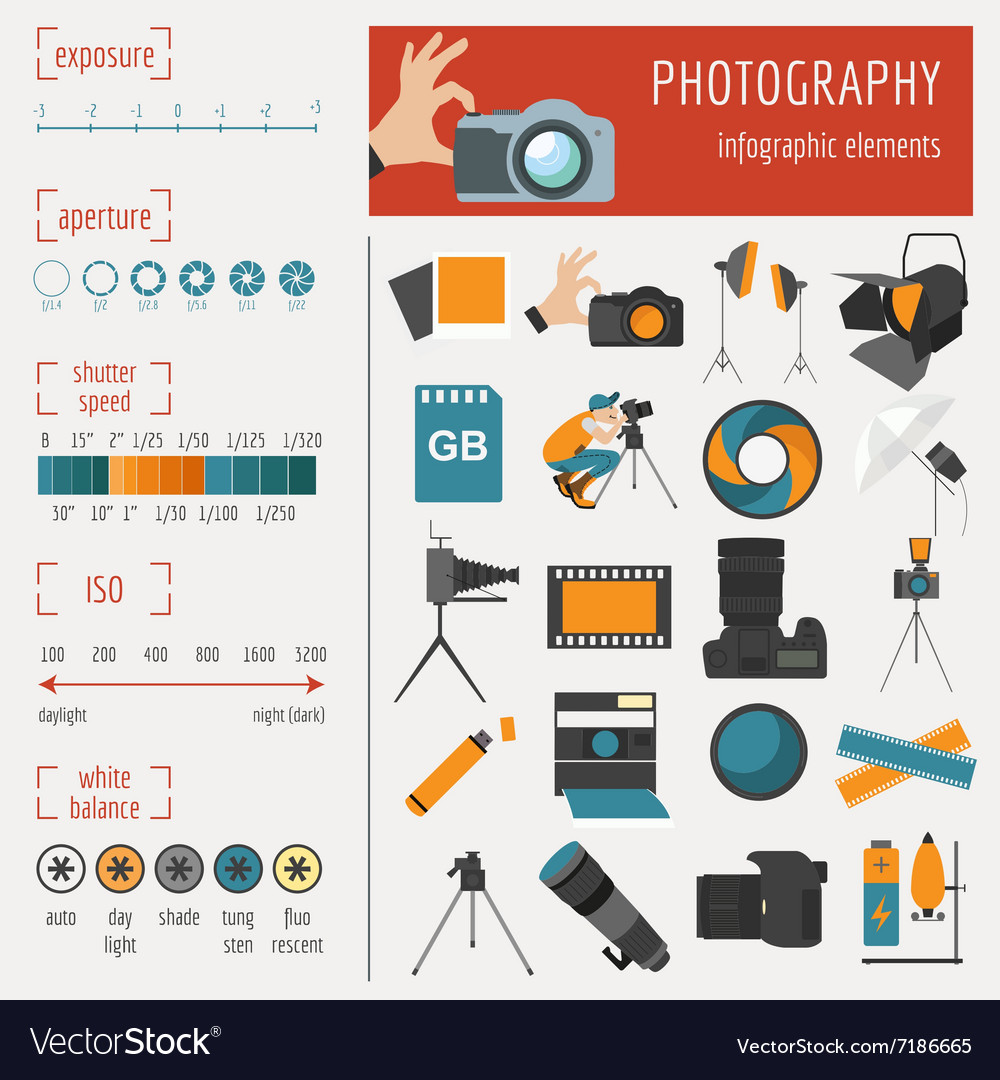What Every Professional Photographer Needs To Know About Lighting
What Every Professional Photographer Needs To Know About Lighting
Blog Article
Uploaded By-Hinson Godwin
As a digital photographer, you know that lights can make or break your images. Understanding the nuances of both natural and synthetic light is important for capturing the mood and quality you go for in your work. Whether you're chasing the perfect golden hour glow or adjust your synthetic configurations, understanding these elements can elevate your photography substantially. Yet there prevail challenges that several overlook, and recognizing them can transform your strategy to every shoot. Let's explore what you may be missing out on and exactly how it can impact your outcomes.
Understanding Natural Light
Recognizing natural light is crucial for any digital photographer aiming to boost their job. It's the structure of excellent photography, affecting state of mind, tone, and quality. When you fire outdoors, focus on the time of day. The gold hour-- quickly after sunup and before sundown-- offers soft, cozy light that can change common scenes into stunning images.
Don't take too lightly the power of overcast days. Cloud cover diffuses sunlight, producing a soft, also light that's ideal for pictures and macro photography. You'll discover shades pop in this kind of illumination without severe shadows.
Positioning issues, as well. Constantly consider your topic's orientation to the light. If the sunlight's behind your subject, you might wind up with a shape, which can be significant yet mightn't be what you desire. Alternatively, direct sunlight can produce unflattering shadows.
Experiment with angles; sometimes, altering your viewpoint can yield incredible results. Usage natural reflectors, like water or sand, to bounce light onto your topic, including dimension.
Learning Artificial Light
Understanding synthetic light is crucial for professional photographers that want to take their abilities to the next degree. Whether you're making use of speedlights, studio strobes, or continual lights, understanding how to control these resources can dramatically improve your pictures.
Begin by acquainting on your own with the essentials of light high quality, direction, and color temperature level. Experiment with different modifiers like softboxes, umbrellas, or grids to control the softness or harshness of the light.
mouse click the next site 'll locate that soft light usually develops flattering outcomes, while harsher light can include dramatization and depth. Don't shy away from darkness; they can improve the three-dimensionality of your subjects.
Pay attention to the placement of your lights. A light located also near to your topic can create uncomplimentary results, while as well far away can bring about an absence of detail. Use a light meter or your video camera's histogram to ensure you're exposing properly.
Lastly, remember that fabricated light can be mixed with ambient light for innovative effects. Stabilizing these sources might take method, but once you understand it, your photography will absolutely beam.
Methods for Different Situations
When you step into various capturing circumstances, adapting your illumination methods is vital for capturing the very best pictures. For exterior pictures, use the golden hour-- early morning or late afternoon light-- to soften darkness and improve complexion.
If it's a rough noontime sunlight, take into consideration making use of a reflector to jump light back onto your subject or look for shaded locations for a much more even exposure.
In low-light scenarios, like indoor occasions, enhance your ISO and utilize a broad aperture to let in even more light. A tripod can assist remove cam shake, permitting longer exposures without blurring.
If you're contending evening, trying out off-camera flash to create vibrant lighting and deepness in your photos.
For product digital photography, make use of diffused lighting to avoid rough representations. Softboxes or light camping tents can assist achieve this impact.
When photographing https://triblive.com/local/westmoreland/small-businesses-in-western-pa-eager-to-reopen-but-not-sure-how-public-will-respond/ , consider the instructions of light and time of day, as it can dramatically change the state of mind of your shot.
Always be ready to change your setups and placing based upon the situation, as flexibility is essential to grasping illumination in digital photography.
Verdict
Finally, grasping lights is crucial to raising your digital photography skills. Embrace natural light's appeal throughout golden hour, and don't avoid try out synthetic light methods. By adjusting your method to various situations, you'll record magnificent pictures that resonate with feeling and quality. Bear in mind, the ideal lights can transform a common shot into something extraordinary, so keep exercising and fine-tuning your understanding of both natural and synthetic light. Delighted capturing!
